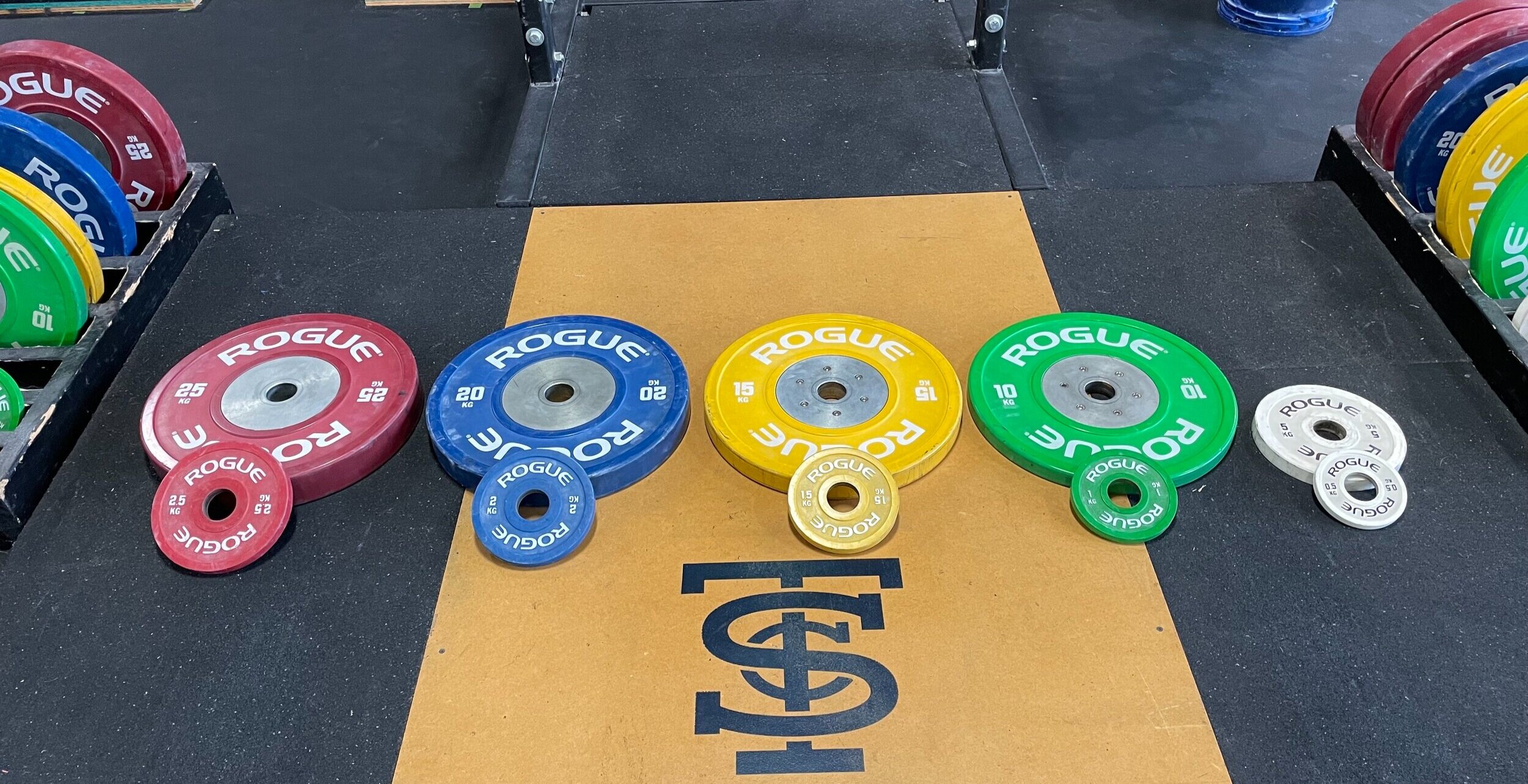Get the Most Out of Your Warm-up
/(A Blast from the Past article originally posted on 03/27/19)
You know - sage lifter that you are - that the purpose of your warm-up is to prepare you for the work ahead of you that day. You know it’s important, and you know that whether you’re going to squat 145 lbs or 345 lbs for your work sets, it is neither prudent nor productive to simply load the work weight on the barbell and have at it without the appropriate warm-up.
But . . . there is an additional purpose to the warm-up. Perhaps it’s not even an additional purpose, but rather a purpose that is merely hidden in the concept of preparing for the work ahead. Put simply, you can (and should) use your warm-up to become a better lifter.
The weights are (relatively) light when warming up, so this is a great time to work on refining your technique. Because you haven’t yet reached the soul-crushing, mind-altering load that is your work weight for the day, the warm-up is when you can spare some mental bandwidth and put into practice any changes or cues that you and your coach have recently discussed.
Maybe you’re trying to fix some pesky knee slide in the squat. Break out the TUBOWs and get to squatting. Perhaps you’re attempting to improve the bar path in the press or the bench press. The warm-up is a great time to do exactly that. Are you inconsistent when it comes to hitting depth in the squat? Grab a coach (or a fellow well-informed lifter) and ask him or her to check your depth as you warm-up.
The warm-up is a precious time. A magical time. Don’t just plow through it - get the most out of it. You can finish your warm-up a better lifter than when you started. Don’t miss out on this opportunity.
(Some links may be affiliate links. As an Amazon Associate, Testify earns from qualifying purchases.)








